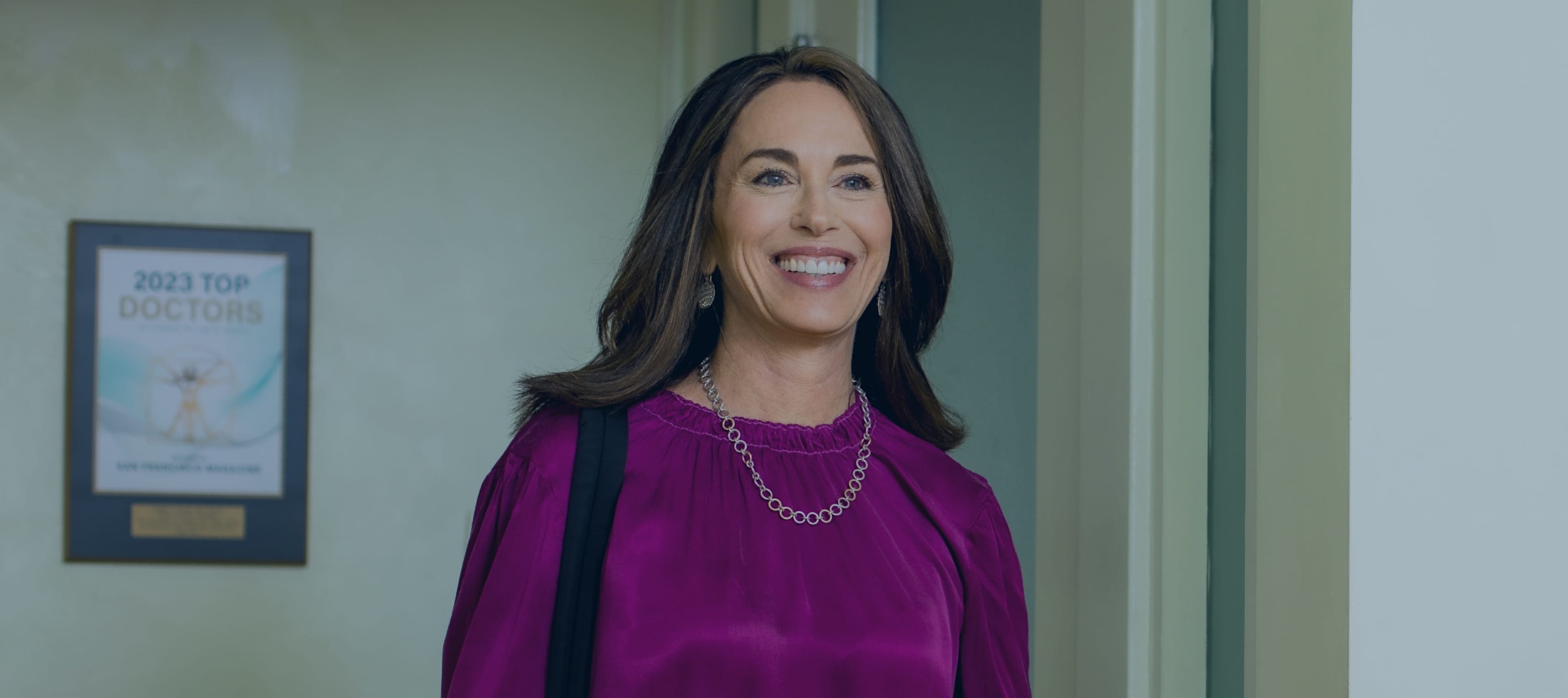Facial fat transfer has become a favorite way to enhance the face, allowing longer-lasting results than other injectable procedures like dermal fillers. This technique offers a way to reverse signs of aging on the face without the scars left behind after surgical procedures.
What is Fat Transfer?
Fat transfer is a process that removes unwanted fat from one area of the body and places it into areas of the face needing enhancement. The fat is extracted via liposuction, which uses a narrow tube inserted into the treatment area to loosen fat cells and suction them out of the body. Common areas for liposuction include the abdomen, hips, thighs, and back. Liposuction may be performed under general, local, or regional anesthesia, depending on the treatment area and the amount of fat to be removed. After the fat is extracted, it is carefully harvested for injection into the recipient treatment area. Needles are strategically placed so the fat creates a smooth, natural look. The injections usually do not require anesthesia, and downtime associated with this portion of the procedure is minimal. Patients are typically focused on recovering from the liposuction treatment.








